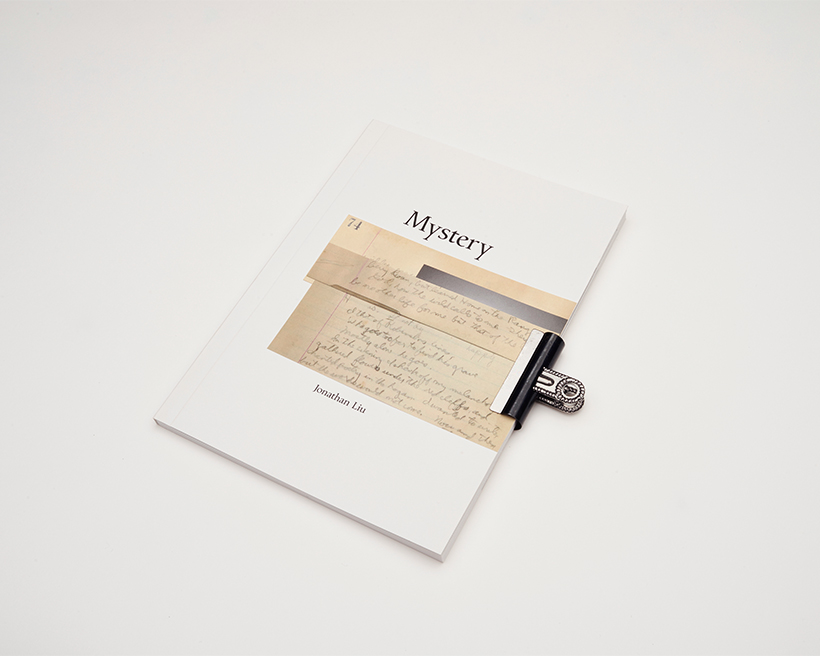In Plato’s Meno, a poetic assertion was proposed by Socrates that a Man’s soul has acquired knowledge of all things prior to birth and thus what one perceives to be learning in life is not the acquisition of unknown knowledge, but a recollection of knowledge already known. In response, he was challenged by Meno with a paradox; How does one search for something that is unknown to you when you do not know at all what it is? Conceivably, there is a mystery to this unknown entity and that this mystery can act as a compass guiding you through the seemingly unknown.
Mystery Is A Compass delves into that theory with the disappearance of 20-year-old Everett Ruess. He was last seen in November 1934 in Utah, USA. A boy utterly consumed by the wild desert landscape while on a metaphysical quest in search of the unknown, rare indeed was his ability to sense beauty so acutely that it bordered on pain. A penniless romantic, he wandered through the terra incognita of the land and proclaimed in his letters to the outside world: “I have seen almost more beauty than I can bear.”
Investigators that were sent in search of him found what looked like a campsite with some of his supplies. Further along, the canyon was an arch with an enigmatic inscription at the base which read, “Nemo, 1934”. In Latin, Nemo translates to “No One”. Perhaps it was the last act of poetry by Everett.
Photographs are symbolic in a way where we do not see the world in them, but concepts in the world. I stood within the landscape that enchanted him. The photographer, like the poet that Everett was, has no fixed identity. And through his writings from letters left behind, we will gain insight into the mysterious character of his reality.
Nothing is as unmediated as the end of life; it is the only event one faces alone. Death’s truth is the unknown, and perhaps the lure of life’s mysteries eventually took over and solidified his destiny no less in exaltation. In his own words; “I have known too much of the depths of life already, and I would prefer anything to an anti-climax.” Perhaps disappearing was the only transcendental act he had left.
I used the letters and diaries that he had left behind as a starting point for the base-narrative that advice my visual narrative of my perspective. In the photobook, excluding the introduction that I’ve written, all the text were letters that Everett had sent to family and friends over his years travelling in the American wilderness. The addressees were intentionally left out to encourage a deeper understanding of his mysterious character. He was a better writer than he was an artist and it showed through his writings.
The clippings on the front of the book are his actual handwriting from his diaries that had been archived in the Utah State Library.
Mystery is a Compass
Jonathan Liu
Self-published
Edition of 40
2018
52 pages
20.1cm x 14.8cm



